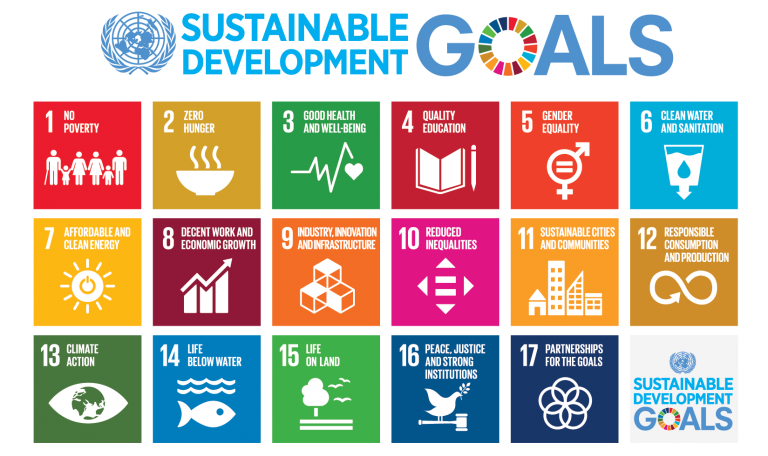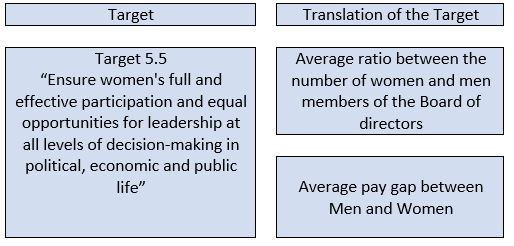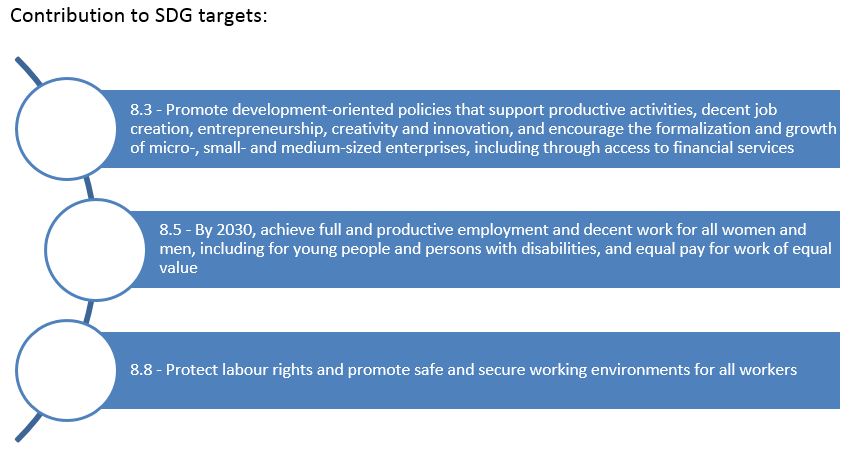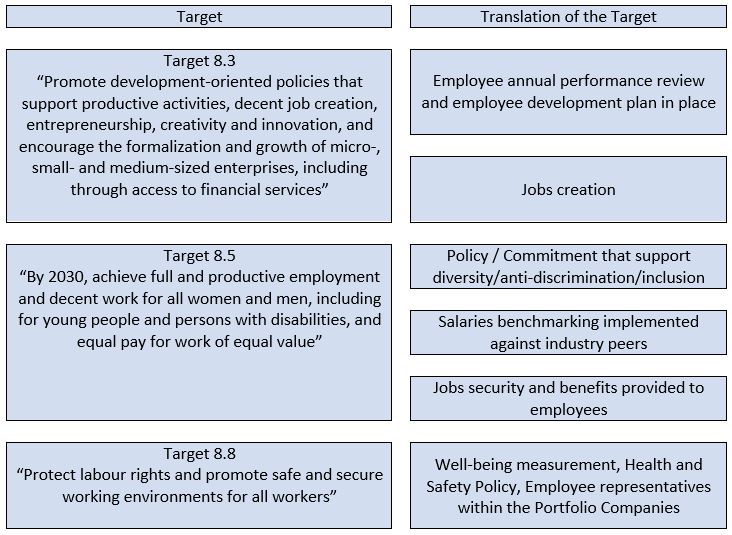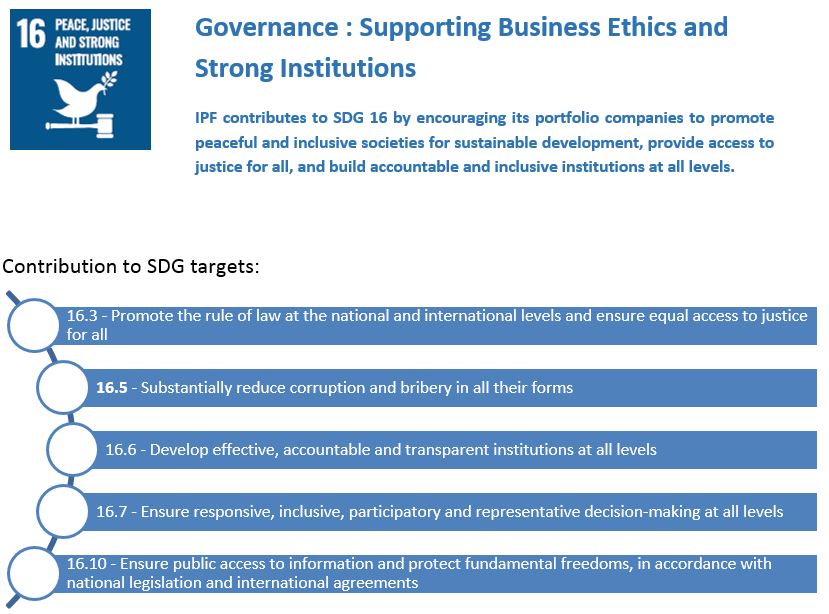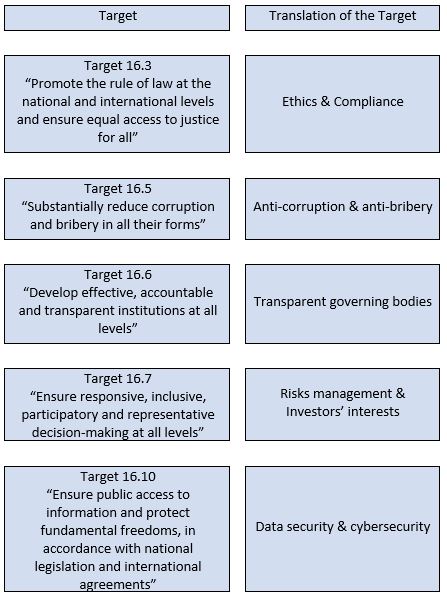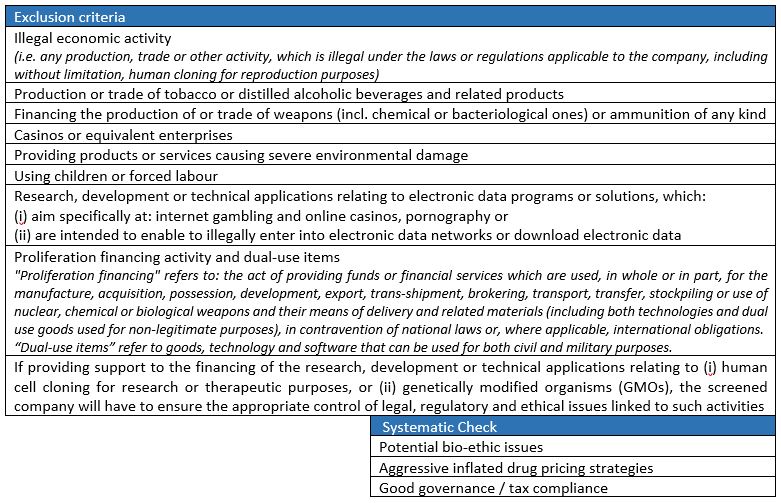IPF is glad to present you its ESG Policy, which provides guidance on the processes involved in developing an ESG framework.
IPF promotes an ESG considerate culture and behaviour, enabling it to take into account the full spectrum of ESG issues impacting its business (both strategically and operationally).
IPF Fund II (since 28 February 2023) and IPF Fund III are Art. 9 funds as per SFDR.
1. PURPOSE
The Environmental, Social and Governance (“ESG”) principles refer to an investment approach, which explicitly acknowledges the relevance of ESG factors in investment decision-making, as well as in the generation of long-term sustainable returns.
The purpose of this policy is to define IPF Management´s (the “Company”) approach to integrating the consideration of ESG issues.
The Company will seek to update this policy on a continuing basis, as deemed appropriate.
2. LEGAL FRAMEWORK
Regulation (EU) 2019/2088 of The European Parliament and of the Council of 27 November 2019 (the “Disclosure Regulation”) on sustainability‐related disclosures in the financial services sector.
3. DEFINITIONS
Principal Adverse Impact (PAI) means any negative impacts that investment decisions or advice could have on Sustainable Investment objective.
Sustainable Investment means an investment in an economic activity that positively contributes to an environmental or social objective, provided that the investment does not significantly harm any environmental or social objective and that the investee companies follow good governance practices.
Sustainability Risks refer to environmental, social and/or governance events or conditions, such as climate change, which, if they occur, could cause a material negative impact on the value of an investment.
The Disclosure Regulation currently specifies three distinct categories for investment products with regards to sustainable investing and ESG considerations:
- Article 6 financial products either integrate ESG considerations into the investment decision making process or explain why sustainability risk is not relevant, but do not meet the additional criteria of Article 8 or Article 9 strategies.
- Article 8 financial products promote environmental and/or social characteristics, and may invest in sustainable investments, but do not have sustainable investing as a core objective.
- Article 9 financial products have sustainable investment as their core objective.
4. THE ESG FACTORS
Below are the definitions of what is included under Environmental (“E”), Social (“S”) and Governance (“G”) aspects and examples of the main ESG factors that the Company will consider in all its activities:
- Environmental: i.e. factors relating to the quality and functioning of the natural environment and natural systems
- air and water pollution,
- climate change,
- deforestation,
- energy efficiency,
- access to raw materials (e.g. commitment to preserving the natural environment),
- product evolution (e.g. low energy products, … ),
- waste management,
- water scarcity,
- regulation (e.g. laws on environmental pollution, governance codes).
- Social: i.e. factors relating to the rights, well-being and interests of people and communities
- relationships with employees, suppliers, customers and the communities where it operates,
- workplace health and safety and health and safety record,
- diversity,,
- labour practices,
- equality of treatment across all staff irrespective of role, gender, race, age, religious belief or sexual orientation,
- data protection and privacy,
- employee recruitment and retention,
- human rights.
- Governance: i.e. factors relating to the governance of companies, partnerships, networks and other investee entities
- board structure, size, diversity, skills and independence,
- executive remuneration,
- shareholder rights (e.g. election of directors, capital amendments),
- stakeholder interaction,
- disclosure of information including accounting standards,
- business ethics in all business conduct (e.g. anti-money laundering, anti-corruption, reputational due diligence, anti-competitive behaviour, bribery and corruption),
- internal controls and risk management, and, in general, issues dealing with the relationship between a company’s management, its board, its shareholders and its other stakeholders,
- matters of business strategy, encompassing both the implications of business strategy for environmental and social issues, and how the strategy is to be implemented,
- compliance with international standards of remuneration and bonus policies.
5. INTEGRATION OF THE DISCLOSURE REGULATION INTO IPF FUNDS’ INVESTMENTS
Though their investments have Social Impact, IPF identified topics (and relevant targets) from the United-Nations Sustainable Development Goals (SDGs) that are the most relevant for our sector and where IPF is concentrating its efforts.

